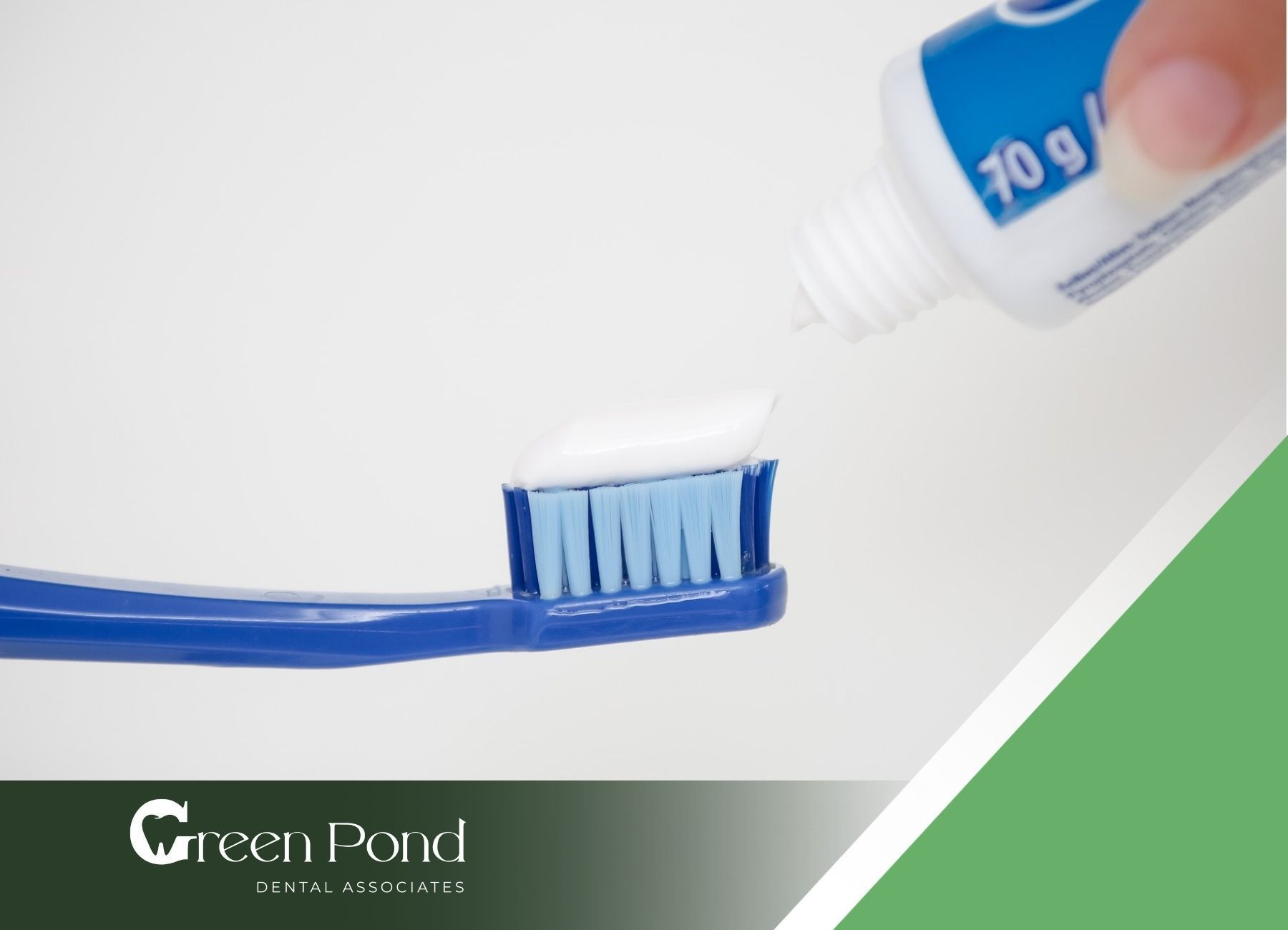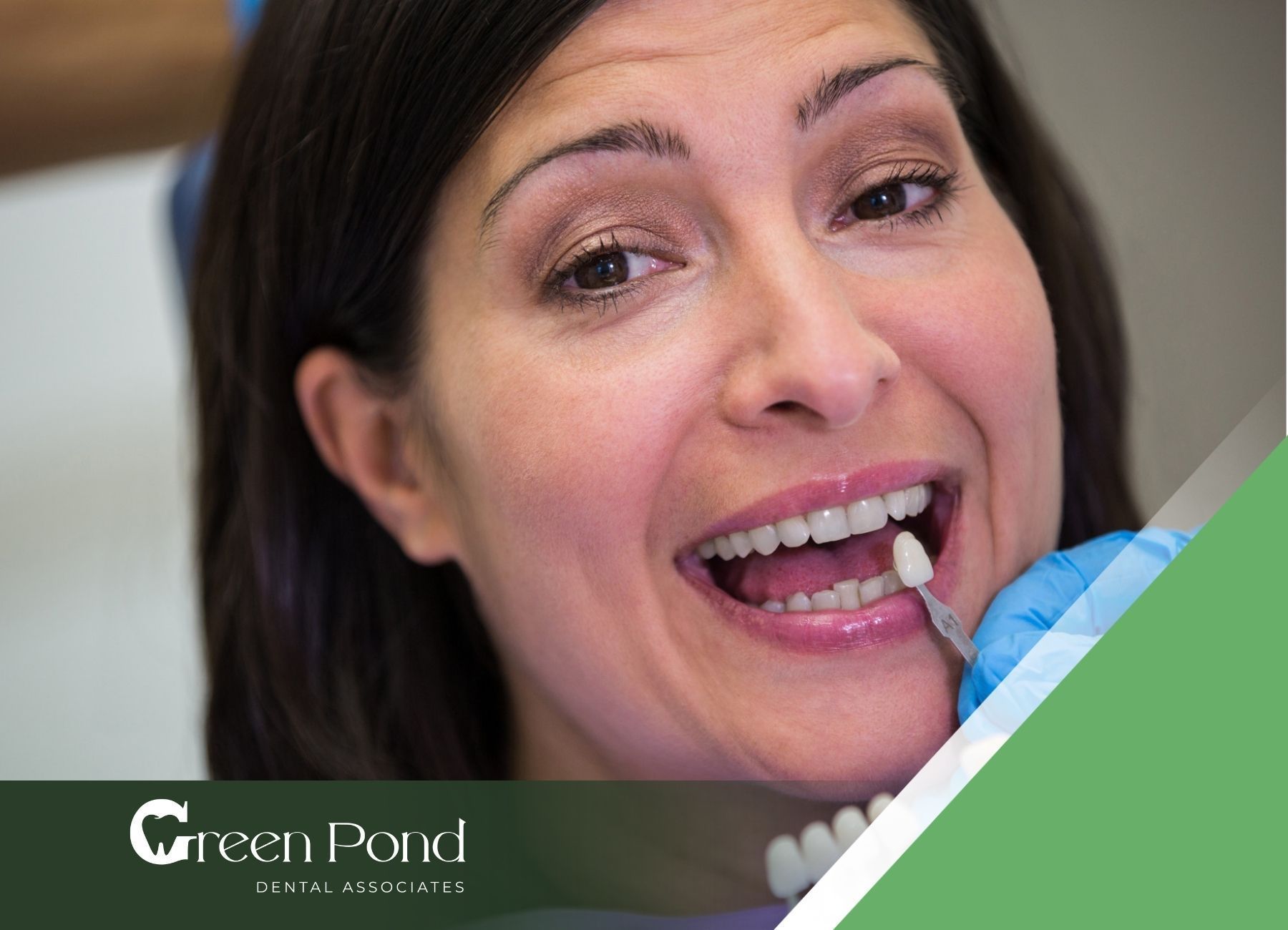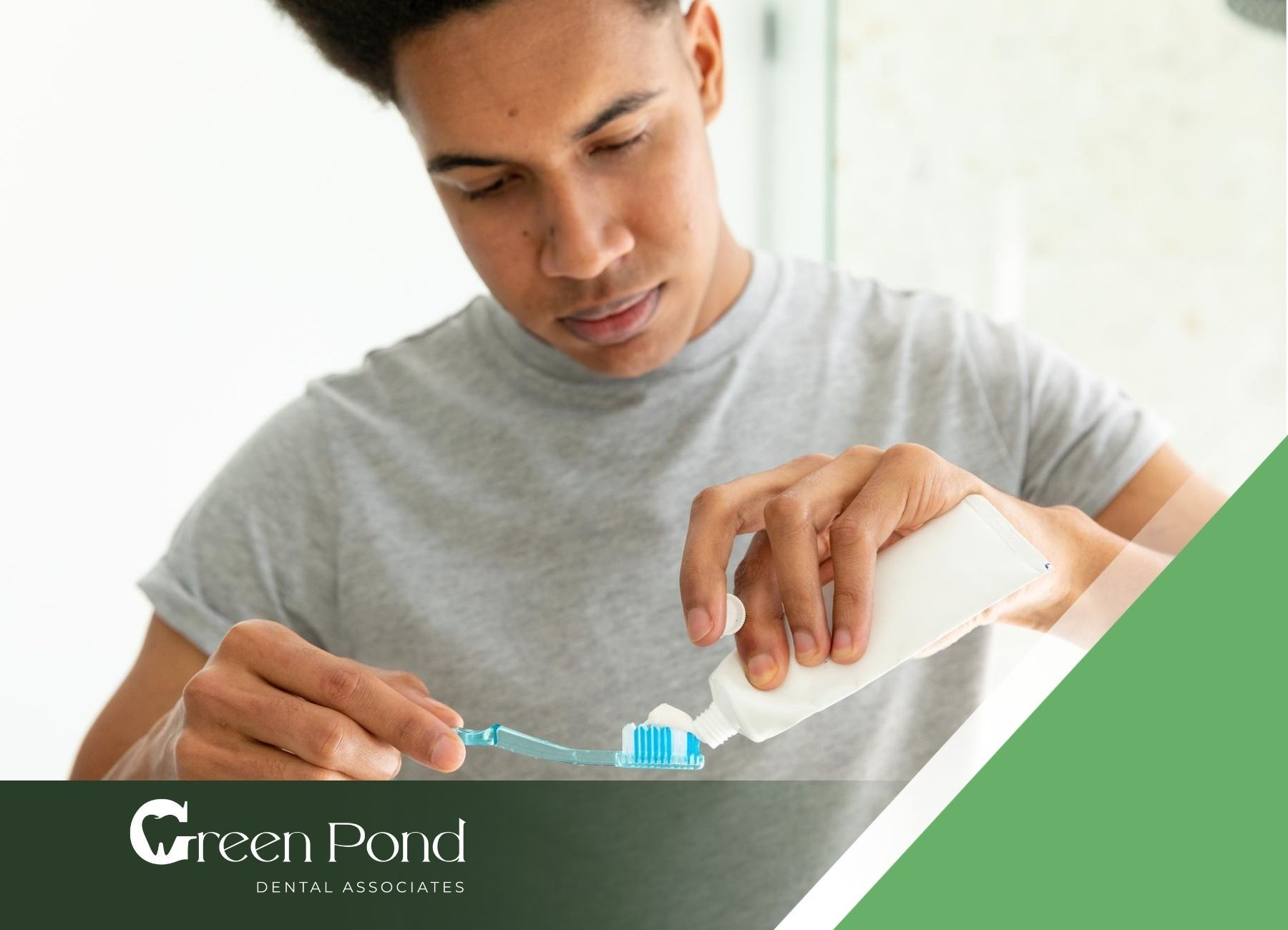Understanding the Odds: Unraveling Sinus Lift Success Rates
What is Sinus Augmentation?
Sinus augmentation, or sinus lift, has a fancy name, but it really just gives the upper jaw a little more bone. This is a go-to surgery for those who don’t have enough bone height around their maxillary sinuses and jaw to support dental implants. Think of it as prepping the upper jaw for a sturdy change—a kind of home renovation but for your mouth! The dental surgeons lift the sinus membranes, pop in some graft material, and that helps new bone to grow. This new bone forms a tough base where dental implants can nestle, replacing missing tooth roots near the back of your upper jaw. You could have this done ahead of implant placement or at the same time, making it quite versatile.
Importance of Sinus Lift Surgery
Why is sinus lift surgery important? Well, it’s the backbone—literally—for setting up successful dental implants, especially if you’re running low on bone height in the upper jaw. Because, without a solid base, implants might just float around aimlessly, which doesn't sound ideal, does it?
Here's why a sinus lift might be your dental hero:
- Stable Implant Placement: It fortifies your upper jaw so that implants have the stability needed to last long.
- Keeping Your Mouth in Check: Gains in bone height cut down the odds of implants straying into sinus territory and causing mischief, like infections.
- Upping Your Smile Game: Properly anchored implants mean your replacement teeth line up neatly and look good.
- Cutting Down on Trouble: Turns out, lifting the sinus floor can ward off potential issues, like the Schneiderian membrane getting pierced or implants wandering into the sinus or nasal cavities, and saves you from bleeding or damaging nearby parts.
Sinus lifts aren’t just effective—they’ve got a great track record with success rates floating between 85% to 97%. Using high-grade bone graft materials, particularly those harvested from the patient’s own body, can tip the success rate even higher. A study showed a bang-up 96.9% success for sinus lifts over a decade-long review of 163 procedures done by skilled hands. Getting the scoop on these details highlights just how crucial sinus lift surgeries are in kicking off advanced dental treatments.
Recovery Process After Sinus Lift
Healing Duration and Integration
Bouncing back after a sinus lift isn't a one-size-fits-all deal. It goes through stages, from initial settling down to the full-on bonding of the grafted material. The early puffiness and ouch-factor usually chill out in about a week, but the entire healing dance and bone cozying in can stretch over a few months.
Usually, it’s a two- to three-month wait for the grafts to get all chummy with the bone. Regular check-ins with your tooth doctor are super key to make sure everything's on track. Making the leap from sinus lift to sporting a brand new tooth could be anywhere from six months to a year, sometimes more if things get tricky.
Post-Operative Care Instructions
Listening to those post-op instructions is pretty crucial after getting a sinus lift. You might notice some puffiness where the work was done, and a bit of a nosebleed or mouth bleeding isn't out of the ordinary.
Essential Post-Operative Care Includes:
- Medication: Pop those pain pills and antibiotics like clockwork to keep pain and nasties at bay.
- Rest: Chill out on the couch and hit pause on anything demanding to let things heal up.
- Ice Application: Slap on some ice packs around the face to help with swelling, especially in the first day or two.
- Diet: Soft foods are your besties, steer clear of any spicy or hot munchies to keep irritation at bay.
- Oral Hygiene: Keep brushing, but go easy and don’t mess with the area that just got fixed up.
- Follow-up Appointments: Keep those dates with your dental doc to make sure all is well.
Following these post-op steps gives you a better shot at a smooth recovery and plays a role in the solid success rates of sinus lift surgeries, which are pretty good, clocking in at about 85% to 97%.
Risks and Complications
Potential Risks of Sinus Lift Surgery
Sinus lift surgery sure sounds pretty intense, right? Don’t worry, it’s generally safe, but like any surgery, it comes with its own set of hiccups. Here’s what you might need to look out for:
- Bone Graft Infection: Sometimes infections decide to crash the party at the graft site. If it happens, you might notice redness, swelling, fever, and just feeling blah overall.
- Sinus Membrane Perforation: This fancy term basically means the sinus lining got a little tear or poke. Luckily, it’s usually fixable with some neat stitching up on the spot
- Sinusitis: Following the surgery, some folks may develop sinusitis, which isn't fun but can be managed with care.
- Implant Displacement: Yup, implants sometimes get restless, deciding to wander off into the maxillary sinus.
- Bone Fractures: It’s rare, but sometimes bones around the sinus get a little too involved and end up fractured.
- Bleeding and Damage to Nearby Structures: Bleeding and unexpected nudges to nearby anatomical neighbors can happen.
Managing Complications Effectively
Keeping calm and knowing what to do helps when things go south. Here's a look at managing them before they even think of becoming a problem:
- Infection Management: If a pesky infection shows up (think redness, fever, and swelling), antibiotics, listed even before starting and after wrapping up surgery, come to the rescue.
- Membrane Perforation Repair: Getting those membrane tears stitched or patched can really keep complications at bay. The stats back this up with a 97.96% success rate for the grafts and a 96.2% rate of implant success when you promptly handle these issues.
Navigating through the ups and downs of sinus lift surgery is a team effort. Knowing the risks and handling them like a pro ensures most folks come out with solid results and minimal fuss.
Sinus Lift Techniques Compared
Sinus lift techniques differ in how they work for different patients. Here, let's compare two main methods: Direct vs. Indirect Sinus Elevation and Lateral Window vs. Osteotome Technique.
Direct vs. Indirect Sinus Elevation
Direct Sinus Elevation: Known as lateral antrostomy, the direct method is used when a big increase in bone height is needed. This process creates an opening in the sinus wall to directly access and lift the sinus membrane. It's especially helpful in serious bone loss situations.
Indirect Sinous Elevation: The indirect method, often called the crestal approach or osteotome technique, is a gentler option used with more than 6 mm of bone height left. This less intrusive approach nudges the sinus floor with osteotomes through the crest of the bone.
| Method | Average Bone Height Gain (mm) | Best For |
|---|---|---|
| Direct (Lateral Antrostomy) | 8.5 | Severe bone loss |
| Indirect (Crestal/Osteotome) | 4.4 | More than 6mm bone left |
According to a study with 20 patients in the maxillary posterior region, neither method affected the implant success rate.
Lateral Window vs. Osteotome Technique
Lateral Window Technique: This approach involves cutting a small hole through the maxillary sinus wall, allowing a direct view and handling of the sinus membrane. It works well for considerable bone height boosts and is safer with a piezoelectric tip, reducing the risk of damaging the membrane.
Osteotome Technique: Part of the indirect methods, the osteotome approach is more conservative and suits smaller bone height increases (3-4 mm). It lifts the sinus floor step by step with specially crafted tools.
| Technique | Vertical Height Boost (mm) | Main Benefit |
|---|---|---|
| Lateral Window | >9 | Safe with piezoelectric tool |
| Osteotome | 3-4 | Minimally invasive |
The direct lift via lateral antrostomy adds more bone in cases of severe maxilla loss than the crestal method. However, both showed stable implants with no losses noted in the time studied.Understanding these techniques’ specifics helps dental pros to pick the most suitable method, aiming for better success with sinus lift surgeries.
Factors Affecting Success Rate
Many things can mess with the success of sinus lift surgeries, but two big ones are how much bone you have to start with and what kind of graft stuff you use.
Impact of Bone Height on Implants
How much bone you’ve got left sets the stage for how and if your sinus lift is gonna work. Surgeries like this are usually a go if you've got 10 mm or less of bone jamming around in there. You want at least 1-2 mm of bone padding between the implant top and your sinus floor, or things might get tricky.
Depending on what's left of your bone, you might go with different approaches:
- Osteotome Approach: If you’re sporting more than 6 mm of bone and hoping for 3-4 mm more, this is your jam.
- Lateral Window Approach: When the bone’s seen better days and there’s not much left, this is where you head.
Don’t stress too much over bone height affecting implant success in the maxillary sinuses, as long as you're using the right technique for the situation.
Choice of Graft Material
The graft material you choose for sinus lift plays a role in the results, although studies suggest it might not matter as much as you'd think. Over a span of 15 years, this is what researchers found out:
| Graft Material | Success Rate (%) |
|---|---|
| Autogenous Bone | 97.0 |
| Bovine Xenogenous Bone | 99.5 |
| Alloplastic Material | 98.9 |
The stats show there wasn’t much of a noticeable difference in success regardless of what you’re sticking in there (p = 0.46). Multiple graft materials can do the trick just fine in sinus augmentation without dropping success rates.
Both the osteotome and lateral window techniques have shown good track records in sinus lift surgeries. The overall success rate for grafts came in at 98.3% and 97.2% for implants in a hefty 15-year look-back. This kinda tells you that these methods of surgical shenanigans hold the line well over time. Getting a handle on these factors better tunes you up for planning, leading to smoother sinus job executions and a higher win rate for implants.
Success Rate and Longevity
High Success Rates in Sinus Lift Surgeries
Sinus lift surgeries play a big role when it comes to getting dental implants snug in your upper jaw. These surgeries show off some pretty impressive success stories. Thanks to nifty new surgical techniques, improved graft materials, and top-notch post-op care, things have been going well. Check out this: a 15-year study that found graft success rates at 98.3% and implant success rates at 97.2%—now that’s some solid long-term security for maxillary sinus lifts.
Get this too—different bone substitutes and the starting height of your bone didn’t mess with those success numbers much. This means when things are done by the book, you can count on these surgeries to deliver.
| Study Results | Success Rate (%) |
|---|---|
| Graft Success | 98.3 |
| Implant Success | 97.2 |
Factors Influencing Implant Success
There are a few things that help make implants successful after sinus lift surgeries. Though choosing the right graft material seems important, studies tell us that the actual type of material doesn’t change success rates much.
- Autogenous Bone Grafts: 97.0% success rate
- Bovine Xenogenous Bone Grafts: 99.5% success rate
- Alloplastic Material: 98.9% success rate
Surgical technique matters, too. Whether you’re going direct or taking the less direct route, both methods have shown
similar implant success rates in the upper back jaw area. The lateral approach also edges out the crestal technique.
| Graft Material | Success Rate (%) |
|---|---|
| Autogenous | 97.0 |
| Bovine Xenogenous | 99.5 |
| Alloplastic | 98.9 |
And about that bone height—when it’s below 4 mm, doing graft and implant surgeries at the same time brings success just like handling them separately. So, with the right care, bone height isn’t a deal breaker for success.
By zeroing in on these factors and sticking with best practices, dental pros can score high success rates and keep sinus lift surgeries working well for patients aiming for dental implants in the upper jaw.
Conclusion
Understanding the factors that influence sinus lift success is crucial for making informed decisions about your dental treatment. While the procedure generally has a high success rate, individual outcomes may vary. By following your dentist's recommendations and maintaining proper oral hygiene, you can increase your chances of a successful sinus lift and enjoy the benefits of a restored smile.
At Green Pond Dental, we specialize in providing exceptional sinus lift procedures tailored to your specific needs.
Our experienced team of oral surgeons and dentists utilizes advanced techniques and the latest technology to ensure optimal outcomes. With a focus on patient comfort and satisfaction, we're committed to helping you achieve a healthy, beautiful smile. Trust Green Pond Dental for expert care and a successful sinus lift experience.










